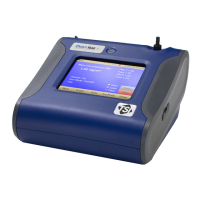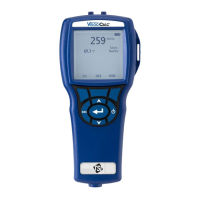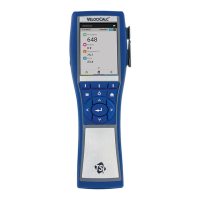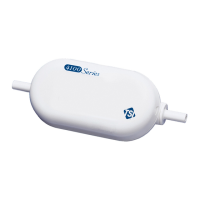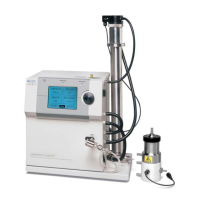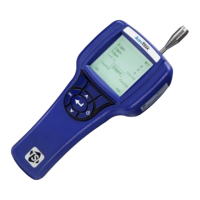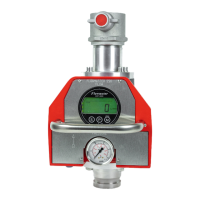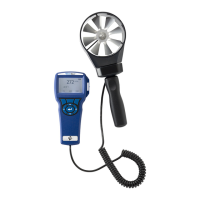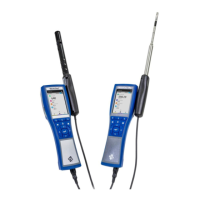Chapter 3
20
Standard Calibration Method—Photometric Calibration Factor
In most situations, the D
USTTRAK™ monitor with its built-in data logging
capability can provide very good information on how the concentration of an
aerosol changes for different processes over time. Factory calibration to the
respirable fraction of standard ISO 12103-1, A1 test dust is fairly
representative of a wide variety of ambient aerosols. Because optical mass
measurements are dependent upon particle size and material properties, there
may be times in which a custom calibration would improve your accuracy
for a specific aerosol.
Determining a aerosol specific photometric calibration requires that you
determine a true mass concentration (e.g., gravimetric analysis) for the
aerosol you want to measure. The true mass concentration is used to
calculate the custom calibration factor for that aerosol. Once you have a
custom calibration factor, you can reuse it each time you make
measurements in the same aerosol environment.
Determining the Calibration Factor for a Specific Aerosol
The D
USTTRAK™ DRX monitor is factory calibrated to the respirable
fraction of standard ISO 12103-1, A1 test dust. The D
USTTRAK™ monitor
can be easily calibrated to any arbitrary aerosol by adjusting the custom
calibration factor. The D
USTTRAK™ monitor’s custom calibration factor is
assigned the value of 1.00 for the factory calibration to standard ISO test
dust. This procedure describes how to determine the calibration factor for a
specific aerosol. Using the value of 1.00 will always revert back to the
factory calibration.
To determine a new calibration factor you need some way of accurately
measuring the concentration of aerosol, hereafter referred to as the reference
instrument. A gravimetric analysis is often the best choice, though it is
limited to nonvolatile aerosols.
To make an accurate calibration you must simultaneously measure the
aerosol concentration with the D
USTTRAK™ monitor and your reference
instrument.
1. Zero the D
USTTRAK™ DRX monitor.
2. Put the instrument in Manual Log (Manual Logging is reviewed later in
this section).
3. Set the logging interval. One minute (i.e., “01:00”) is often a good
choice.
4. Co-locate the D
USTTRAK™ DRX monitor and the reference sampler
together so that they are measuring from the same area.
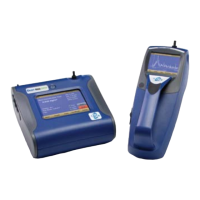
